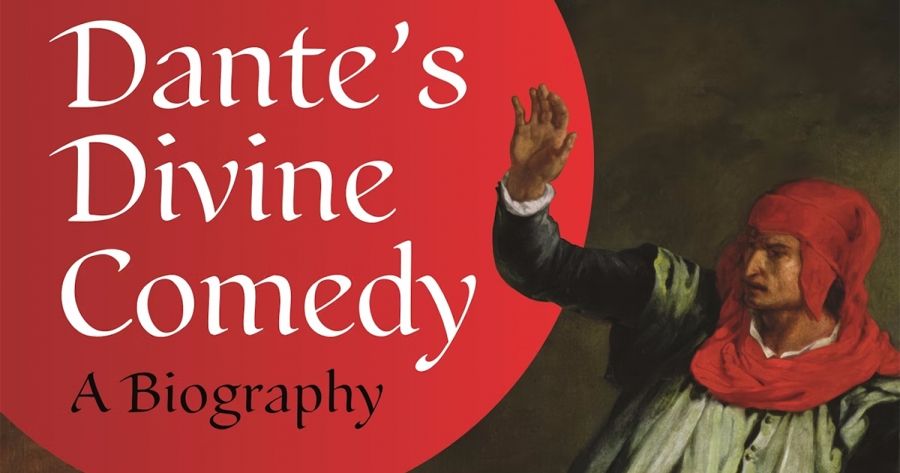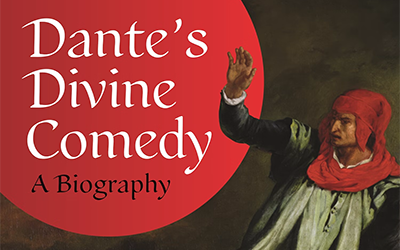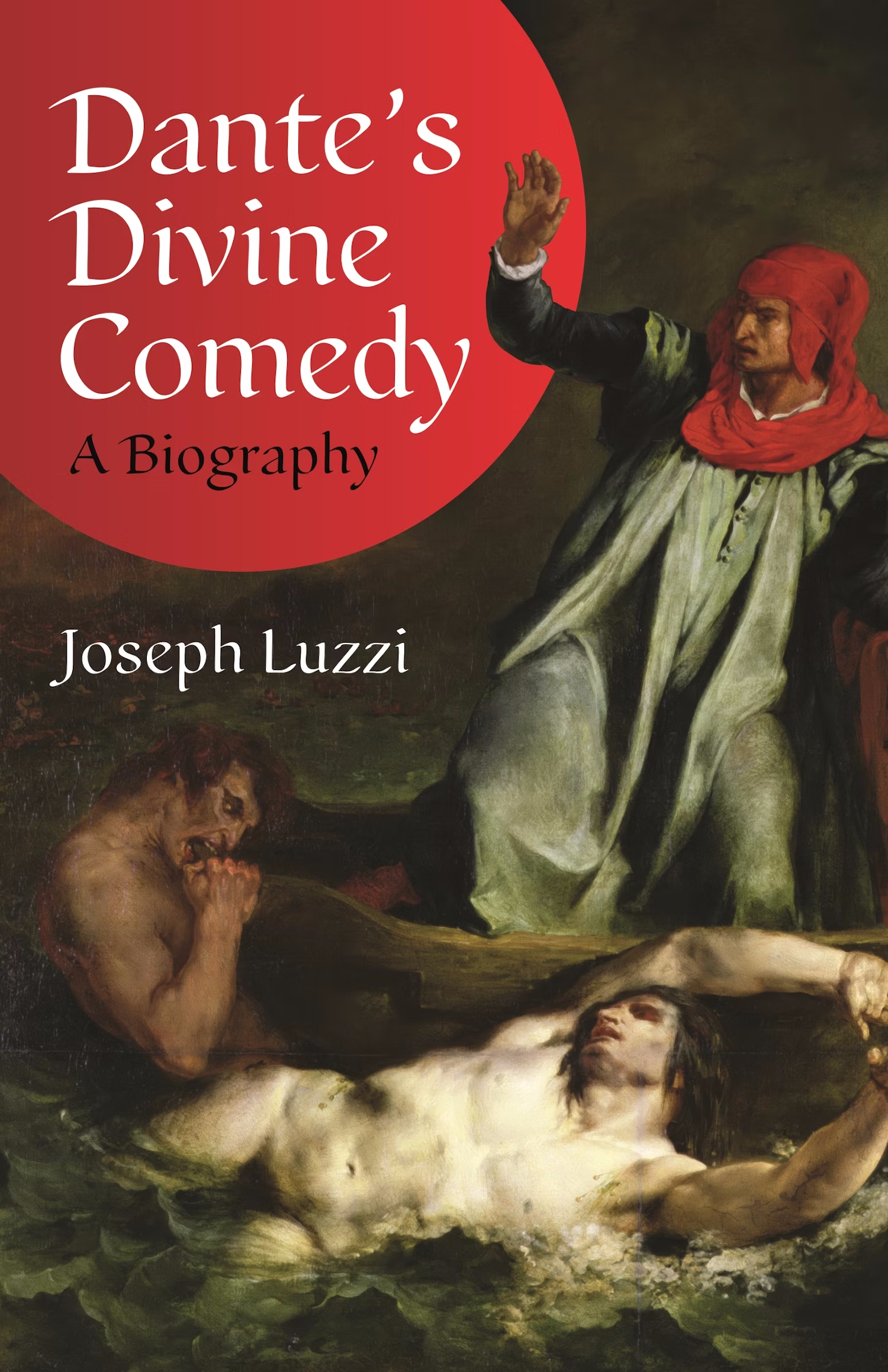
- Free Article: No
- Contents Category: Dante
- Review Article: Yes
- Article Title: Why bother?
- Article Subtitle: The ageless pertinence of Dante
- Online Only: No
- Custom Highlight Text:
The Divine Comedy (1308-21) is an iconic narrative poem widely studied in schools and universities all over the world. At a time obsessed with the ‘here and now’, one may wonder, as a student of mine did in their anonymous evaluation of one of my units, why ‘we should still study a poet who died one thousand years ago’. By taking on the job of mapping the reception of the Divine Comedy, Joseph Luzzi’s book powerfully answers my student’s perplexed query.
- Featured Image (400px * 250px):

- Alt Tag (Featured Image): Barbara Pezzotti reviews ‘Dante’s Divine Comedy: A biography’ by Joseph Luzzi
- Book 1 Title: Dante’s Divine Comedy
- Book 1 Subtitle: A biography
- Book 1 Biblio: Princeton University Press, US$24.95 hb, 218 pp
- Book 1 Cover Small (400 x 600):

- Book 1 Cover (800 x 1200):

- Book 1 Readings Link: https://www.readings.com.au/product/9780691156774/dantes-divine-comedy--joseph-luzzi--2024--9780691156774#rac:jokjjzr6ly9m
Written during his exile from Florence in the early 1300s, Dante Alighieri’s Divine Comedy describes the poet’s purifying travels in the afterlife and is an allegory of the soul’s journey towards God. It is a massive endeavour that comprises three books (cantiche) – Hell, Purgatory, and Paradise – for a total of 100 chapters (canti), all written in a sophisticated rhyming verse form called terza rima. It took more than ten years for Dante to complete, and it is widely considered the pre-eminent work in Italian literature and one of the greatest works of Western literature.
Luzzi’s volume takes the reader from the Divine Comedy’s first reception to its current status as a cultural and multi-media icon. As Luzzi explains, Dante’s goals were to establish a literary tradition in the Tuscan vernacular and push the limits of religious orthodoxy by raising himself to the status of a religious authority. From the start, the Divine Comedy was a work that prompted conflicting critical opinion, on both fronts: its value as a religious and even messianic text, and as poetry.
On the one hand, Dante’s linguistic choices raised eyebrows because, rather than using the more formal structures of classical Latin, Dante wrote a poem using the Tuscan dialect, which limited its reach and potential audience, but also built the foundations of literature in Italian and the modern Italian language at large. On the other hand, the Divine Comedy was a religious text that outraged the established church hierarchy because of its unbridled attacks on several popes accused of being power-thirsty and corrupt.
In a little more than two hundred pages, Luzzi shows how Dante has been praised as a champion of the vernacular in early Italian literature, chastised as a religious heretic during the Inquisition, elevated as a literary hero by the Romantics, lauded as a formal innovator for the modernists, and finally welcomed as a challenge and source of inspiration for contemporary filmmakers.
Sourced from lecture notes, but also informed by extensive research, this book is an erudite but highly accessible work that takes the reader through a roller-coaster of appraisal and rejection. Dante is such an iconic figure in Italian culture (his portrait features today on the two euro coin) that it comes almost as a surprise that he has ever been criticised for his poetic and linguistic choices. If it is expected that the Divine Comedy encountered the censorship of the Catholic Church (even though this work never featured in the Inquisition’s Index Librorum Prohibitorum for its religious content), it is less known that Francesco Petrarca looked down on Dante for his vernacular lyricism and the popular appeal of the Divine Comedy (the growing medieval middle class of clerks, scribes, and book collectors were enthusiastic readers) and derided Dante as a mere ‘dialect’ love poet. It is ironic that Petrarca, who thought he could reach immortality through his Latin hexameter poem Africa, is now mainly celebrated as the author of Canzoniere (Songbook), a collection of vernacular love poems, inspired by his muse, Laura.
Luzzi steers us expertly through the centuries, showing how Dante’s work regained momentum in the Renaissance, especially through appropriations by artists, such as Brunelleschi, Botticelli, Leonardo, and Michelangelo. After plunging into obscurity during the Enlightenment – a period when the Middle Ages was dismissed as a barbaric and superstitious age – the poem’s fortunes were revived by the Romantics. Nonetheless, as Luzzi suggests, in that period Dante’s persona, the proud and fierce poet who fights against religious authorities – a true example of a Romantic hero – overshadowed the Florentine poet’s work. During the Age of Romanticism, Dante also gained popularity among marginalised groups, especially women writers, such as Madame de Staël and Mary Shelley. Glimpses of Dante can be traced both in de Staël’s Corinne (1807) and in Shelley’s Frankenstein (1818). Later on, modernists like T.S. Eliot and Ezra Pound ‘depersonalised’ the Divine Comedy and focused on the formal innovation of its poetry.
In the final chapters, the book concentrates on the appeal of the Divine Comedy in contemporary cinema, including to auteurs such as Franco Zeffirelli, David Lynch, and Francis Ford Coppola.
Luzzi’s book is an informative and engaging tour de force that shows how the Divine Comedy has been able to survive the test of time and speak to different ages and authors. It concentrates on well-known authors and more obvious connections, such as the works and translations of John Milton, Giambattista Vico, James Joyce, and Henry Wadsworth Longfellow, but also highlights less known stories of rejection, inspiration, and connection.
The book does not cover the extensive influence that Dante’s work has had beyond Europe, the United Kingdom, and the United States. The influence on contemporary popular cinema (David Finch’s film Seven and Martin Scorsese’s Cape Fear) and on popular fiction, including crime fiction (Matthew Pearl’s The Dante Club and Dan Brown’s Inferno), is also missing. But this is material for other works, including Deborah Parker and Mark Parker’s Inferno Revealed: From Dante to Dan Brown (2013).
However, Joseph Luzzi’s book is a precious contribution that reminds us that the Divine Comedy has attracted different ages and diverse poetical and religious sensibilities throughout the centuries. This living, breathing masterpiece is the reason why ‘we still study a poet who died one thousand years ago’.


Comments powered by CComment